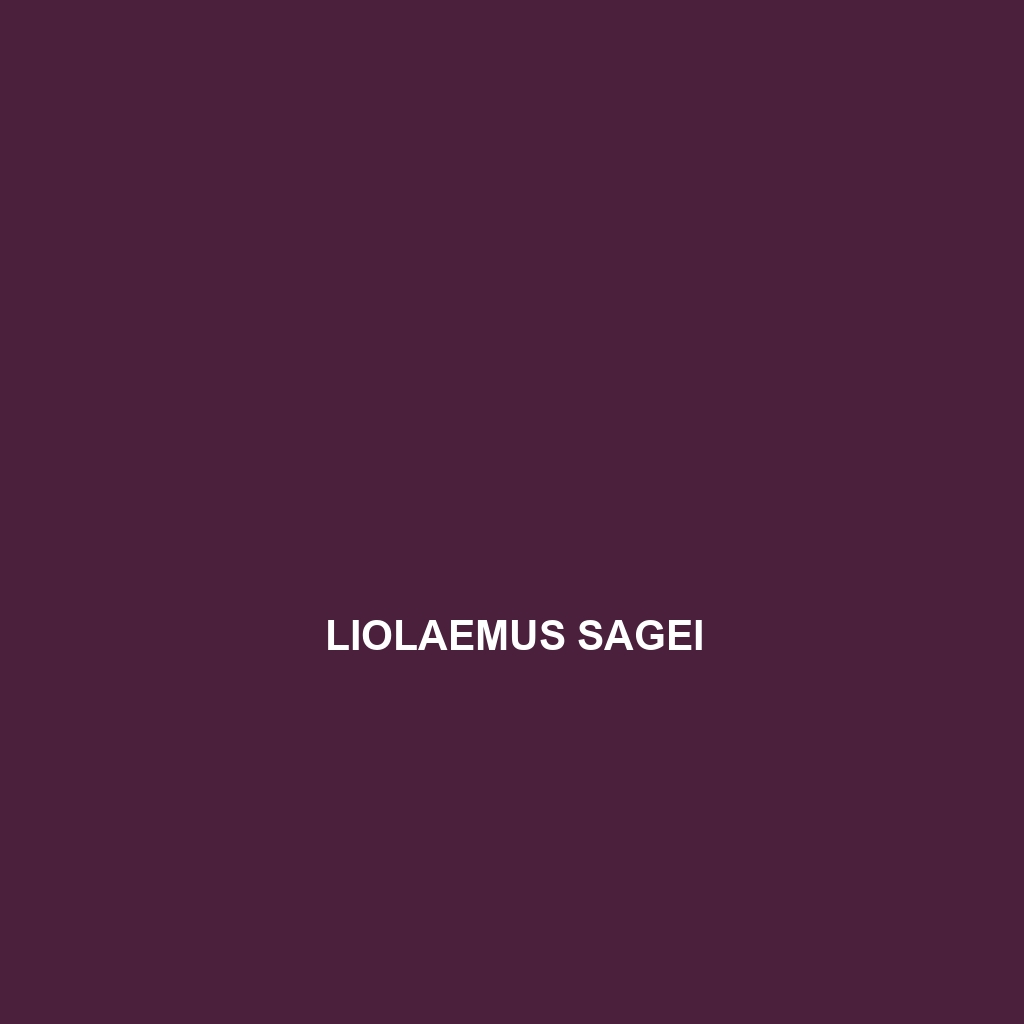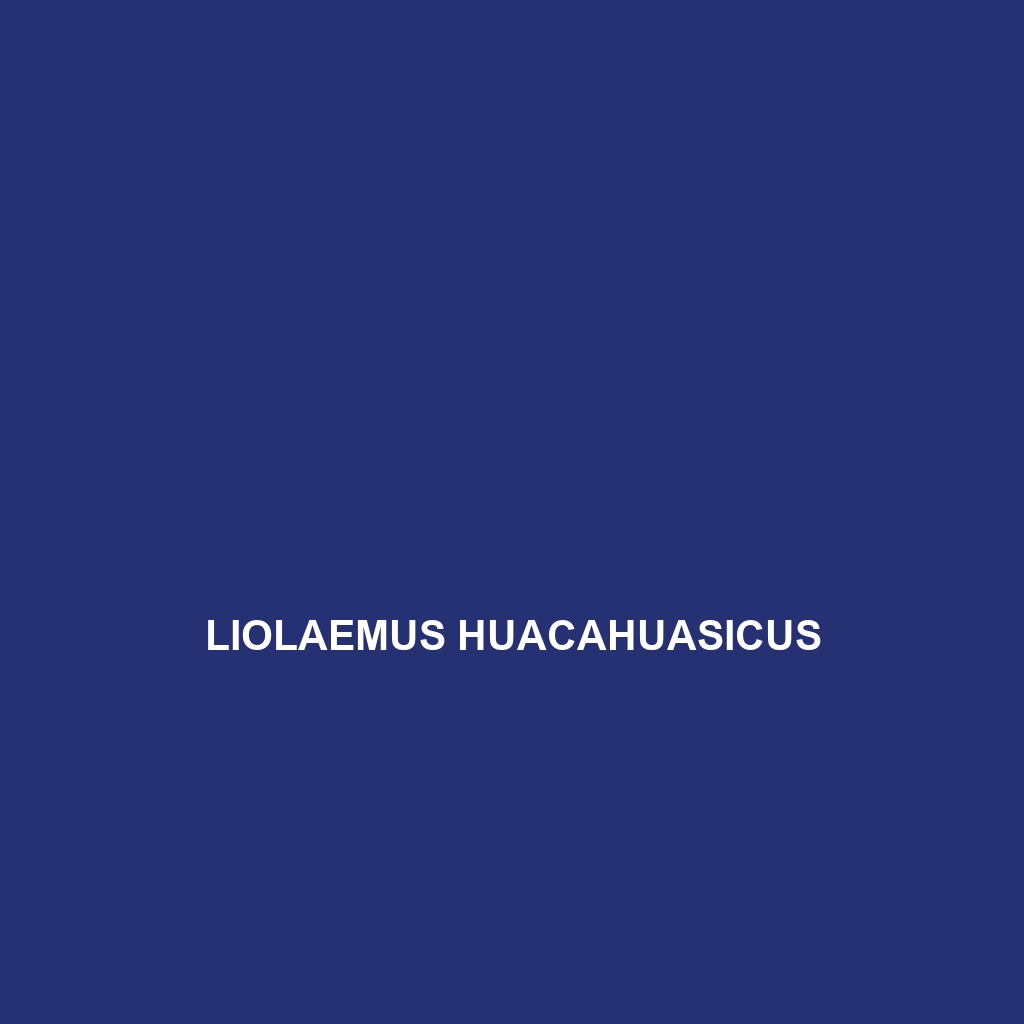<b>Proctoporus rahmi</b> is a small to medium-sized lizard native to the temperate forests of South America, thriving in high humidity and lush vegetation. This insectivorous species features a distinct coloration that aids in camouflage and exhibits fascinating behaviors, including diurnal foraging and unique mating rituals, while playing a vital role in maintaining ecological balance.
Tag: Andean reptiles
Proctoporus kiziriani
<b>Proctoporus kiziriani</b> is a diurnal lizard native to the humid montane forests of the Andean region in Peru, characterized by its slender body, large eyes, and distinctive coloration that aids in camouflage. As an insectivore, it plays a vital role in regulating insect populations and contributes to the ecological balance of its habitat.
Proctoporus rahmi
<b>Proctoporus rahmi</b> is a small to medium-sized lizard native to the temperate forests of South America, thriving in high humidity and lush vegetation. This insectivorous species features a distinct coloration that aids in camouflage and exhibits fascinating behaviors, including diurnal foraging and unique mating rituals, while playing a vital role in maintaining ecological balance.
Proctoporus kiziriani
<b>Proctoporus kiziriani</b> is a diurnal lizard native to the humid montane forests of the Andean region in Peru, characterized by its slender body, large eyes, and distinctive coloration that aids in camouflage. As an insectivore, it plays a vital role in regulating insect populations and contributes to the ecological balance of its habitat.
Liolaemus ruibali
Discover the unique Liolaemus ruibali, a medium-sized lizard native to the temperate forests and scrublands of Chile, known for its slender body, vibrant blue markings, and fascinating daytime behaviors. As an insectivorous species, it plays a vital role in regulating insect populations while adapting to diverse habitats with its remarkable camouflage and social structures.
Liolaemus molinai
<p><b>Liolaemus molinai</b>, a distinctive lizard native to the rocky terrains of the Andes in Argentina, measures 15-20 cm and exhibits vibrant coloration for camouflage and communication. Known for its diurnal behavior and primarily insectivorous diet, this fascinating species plays a crucial role in maintaining ecological balance.</p>
Liolaemus huacahuasicus
Discover the remarkable Liolaemus huacahuasicus, a high-altitude lizard from the Andes, known for its striking earthy coloration, agility in rocky terrains, and adaptability to cold climates. This insectivorous species plays a crucial ecological role by controlling insect populations and contributing to nutrient cycling in its habitat.
Liolaemus frassinettii
<b>Liolaemus frassinettii</b>, a distinctive lizard from the Andean region, typically measures 7 to 10 cm and features a slender body adorned with earthy tones and vibrant blue markings. Primarily an insectivore, this adaptive species thrives in various habitats, playing a crucial role in its ecosystem as both a predator and a bioindicator.
Liolaemus cristiani
Introducing <b>Liolaemus cristiani</b>, also known as Cristian's Liolaemus, a robust lizard native to the temperate forests and rocky outcrops of the Andean regions of Chile and Argentina. This species thrives between 1,500 to 3,000 meters in elevation, exhibiting distinctive coloration and patterns, diurnal behavior, and a diet primarily consisting of insects, while playing a crucial role in maintaining ecological balance.
Anolis tequendama
Discover the Tequendama anole (Anolis tequendama), a vibrant lizard native to the cloud forests of the Andes Mountains in Colombia, known for its striking coloration, agile climbing abilities, and unique mating displays. This medium-sized insectivore plays a vital role in its ecosystem, while currently facing vulnerabilities due to habitat loss.









